As the saying goes, “people take food as the sky”, which shows the status of food in life. Scientific diet is a complex science, and “what to eat and how to eat” has become a difficult problem for many people.
After a lapse of 6 years, the “Dietary Guidelines for Chinese Residents”, known as the Chinese dietary collection, has finally been updated! On the morning of April 26, the Chinese Nutrition Society officially released the Dietary Guidelines for Chinese Residents (2022).
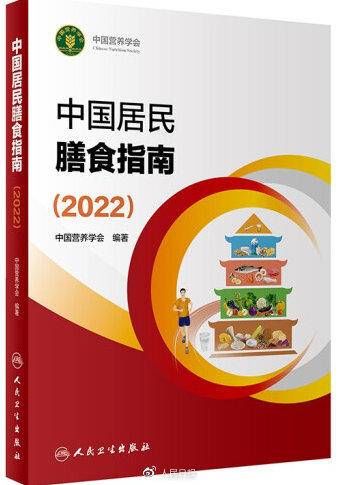
Life Times immediately sorted out the differences between the new version of the guidelines and the 2016 version, and interviewed Yang Yuexin, chairman of the Chinese Nutrition Society and director of the Dietary Guidelines Revision Expert Committee Professor, understand the scientific evidence and thinking behind the modification.
Change 1:
6 “core recommendations” become 8 “dietary guidelines”
< p>A careful comparison is not difficult to find that compared with the Dietary Guidelines for Chinese Residents (2022), the core information has been modified in the following four aspects:

The first article “Diversified food, mainly cereals” was updated to “Diversified food, reasonable collocation”;
The third article added “Eat more fruits and vegetables, milk, soybeans” on the basis of Whole Valley”;
Articles 6 and 7 are new additions;
Article 8 is a re-refinement of Article 6 of the 2016 edition, with particular emphasis on “dividing chopsticks into meals” “.
One
“Diversified food, mainly cereals”
Why change to “Diverse food, reasonable matching”?
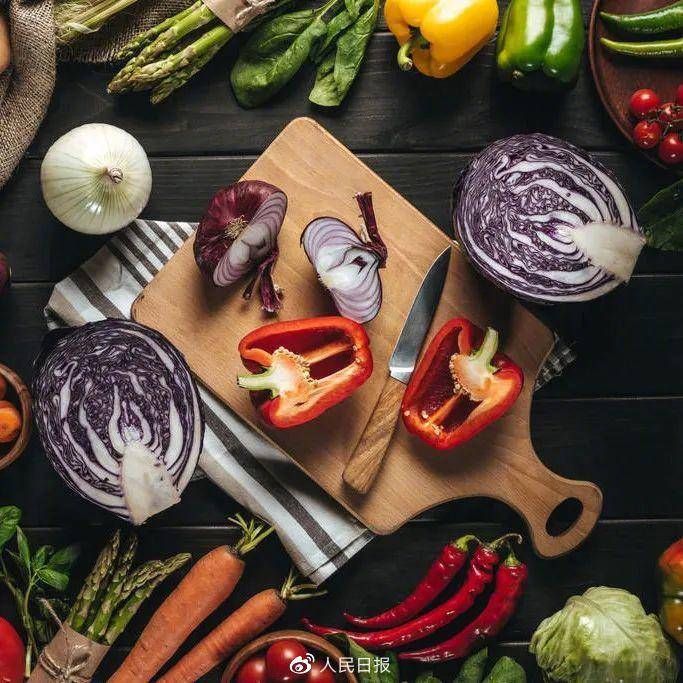
Yang Yuexin: At present, the nutrition science community pays more attention to the promotion of healthy dietary patterns. “Diversified food and reasonable combination” is the core principle of the dietary guidelines, because except for breast milk for infants within 6 months, no natural food can meet the energy and all nutrients needed by the human body. Only through reasonable combination can the nutritional needs be met .
Cereal-based is an important feature of a balanced diet, and it is also one of the principles that must be adhered to in a reasonable mix. This revision does not mean “no longer insisting on cereals”, but more emphasis on the overall role of dietary patterns and the importance of reasonable collocation.

Two
Why is it added to the dietary guidelines
“Eat regularly and drink enough water”?
Yang Yuexin: According to data from the past 20 years, the proportion of Chinese residents who eat three meals a day has decreased, the proportion of rural residents who do not eat breakfast has increased significantly, and the consumption rate of snacks has increased significantly. . The above irregular eating behaviors may increase the risk of overweight, obesity and diabetes. In addition, the proportion of residents dining out has increased significantly, and frequent dining out can easily lead to excessive intake of energy, oil, and salt, increasing the risk of overweight and obesity.
In addition to food, water is also an important part of the diet, but it is easily overlooked. The phenomenon of insufficient drinking water in my country is common, and 2/3 of the residents in our country have insufficient drinking water. Drinking too little water reduces cognitive and physical performance and increases the risk of developing urinary tract diseases. However, the consumption of sugar-sweetened beverages is on the rise, and excessive intake increases the risk of dental caries, overweight and obesity, type 2 diabetes, and dyslipidemia. This suggests that we should pay special attention to “eating regularly and drinking enough water”.
Three

Why is the new addition to the dietary guidelines
“I know how to cook, I choose, I know see the label”?
Yang Yuexin: Food is the material basis for human beings to obtain nutrition, survive and develop. Meals should be planned at every stage of life. People need to understand the nutritional characteristics of various foods, choose fresh, nutrient-dense foods, and learn to choose healthier packaged foods by comparing food nutrition labels.
Cooking is an important part of a healthy diet. Everyone should learn to cook, master new tools, inherit local delicacies, prepare three meals a day, practice balanced meals, and enjoy nutrition and deliciousness. If you eat out or choose takeaway food, you should buy it as needed, pay attention to the appropriate amount and the combination of meat and vegetables, and take the initiative to make health appeals.
four
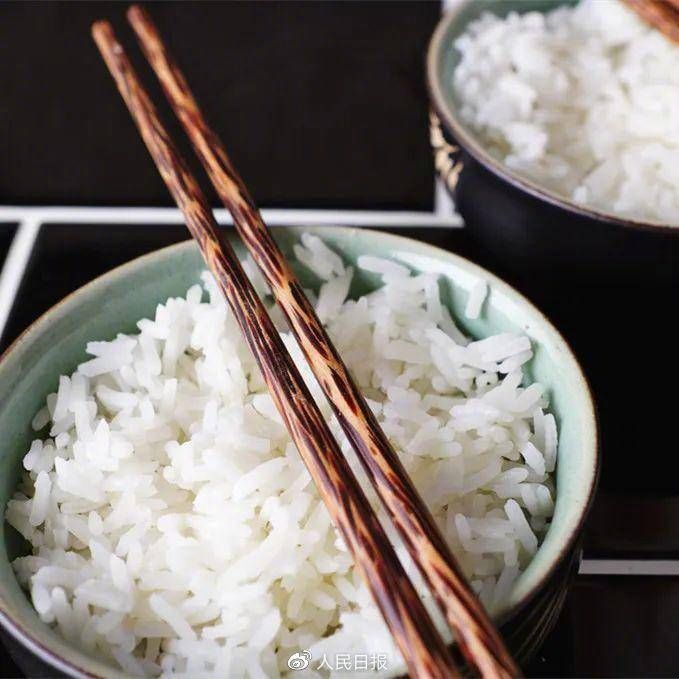
Why in the dietary guidelines
Extra emphasis “Separate meals with chopsticks”?
Yang Yuexin: The outbreak of the new crown epidemic reminds us to pay attention to public health and personal hygiene, and to promote a healthy and civilized lifestyle. Adhering to hygienic measures such as serving chopsticks and spoons, dividing meals or serving meals to avoid the occurrence and spread of food-borne diseases is of great significance to safeguarding public health.
Change 2:
The recommended intake of dietary pagoda is fine-tuned
Chinese residents’ dietary pagoda ( 2022) compared with the Chinese Residents’ Diet Pagoda (2016), there are the following changes in the recommended intake:
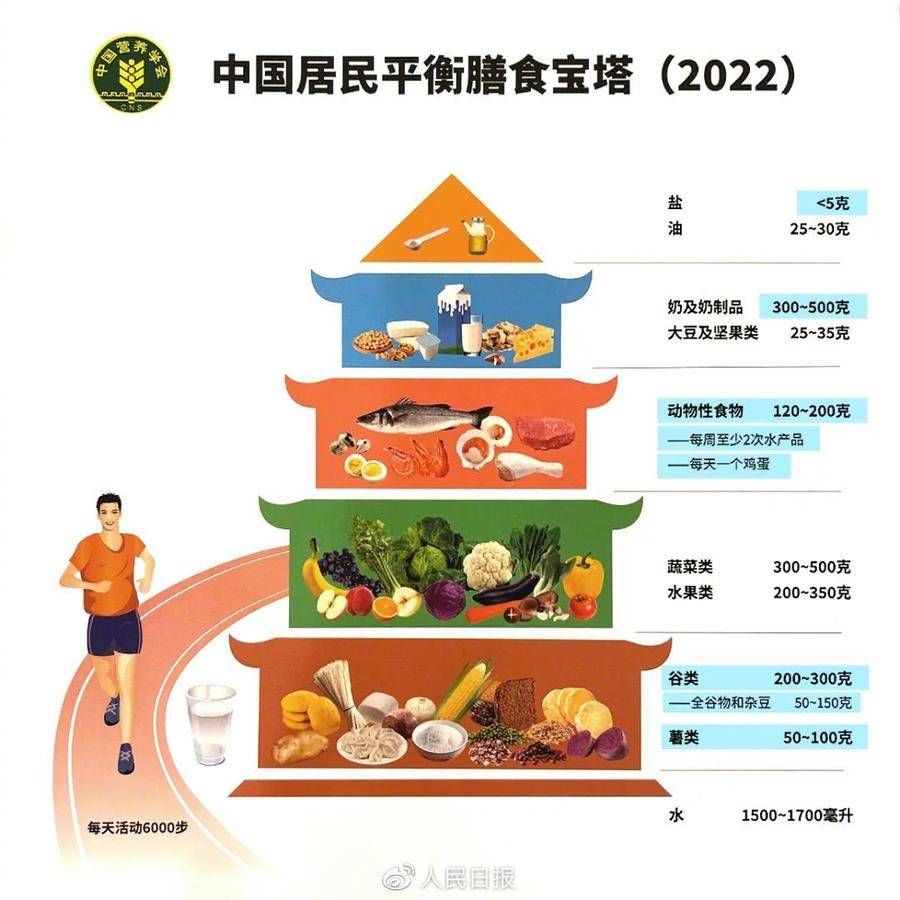
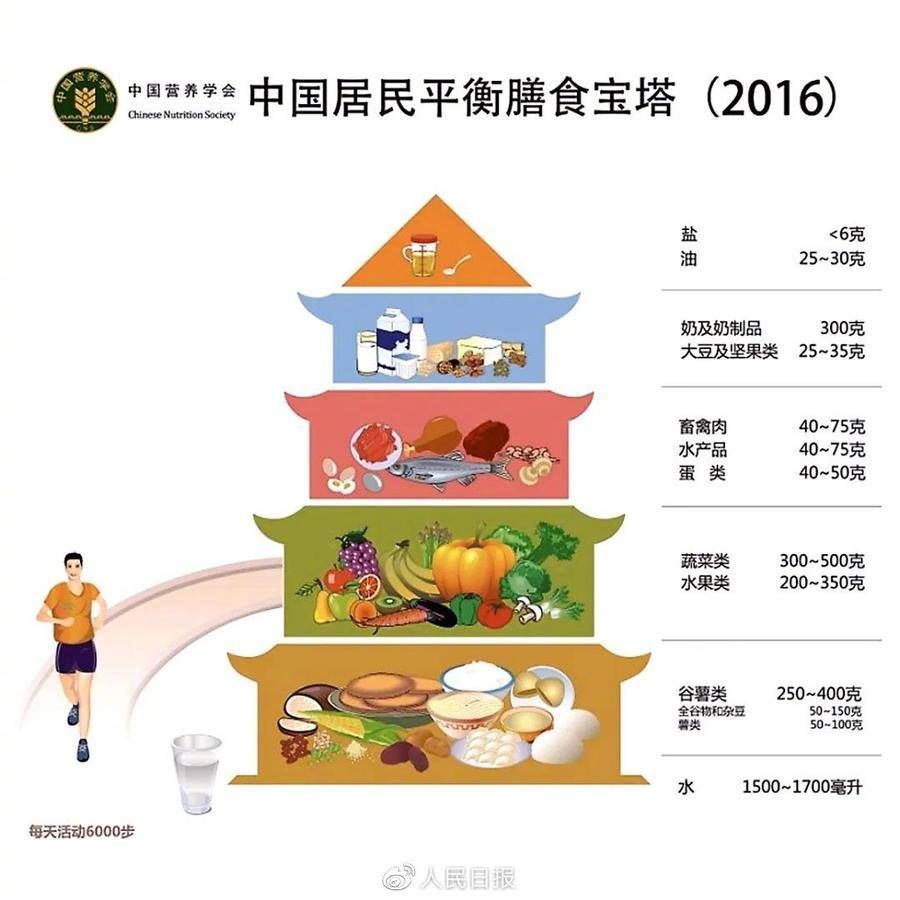
The first layer:
2016 version: 250~400 grams of cereals and potatoes, including whole grains and miscellaneous 50-150 grams of beans, 50-100 grams of potatoes
2022 edition: 200-300 grams of cereals, including 50-150 grams of whole grains and mixed beans; 50-100 grams of potatoes
The third layer:
2016 edition: 40~75 grams of livestock and poultry meat, 40~75 grams of aquatic products, 40~50 grams of eggs
2022 edition: animal Food 120~200 grams, aquatic products at least 2 times a week, an egg per day
It is emphasized to eat aquatic products at least 2 times a week, because Chinese people eat more animal meat, especially pork, and aquatic products are relatively animal meat In general, the fat content is lower, and the fatty acids contained in it are more beneficial to protect the cardiovascular system.
Eating an egg a day is especially recommended because of its high nutritional value, but some people are concerned about its cholesterol content, however Numerous studies have shown that the nutritional benefits of eating an egg a day are far greater than the impact of its cholesterol.
Tier 4:
2016 edition: 300 grams of milk and dairy products
2022 version: 300~500 grams of milk and dairy products
Increase the intake of milk and dairy products, because milk is an important source of high-quality protein and calcium, but China’s milk consumption is at a low level .
Tier 5:
2016 edition: Salt <6 g
2022 edition: Salt <5 g
2022 edition meal The pagoda has raised the goal of “limiting salt”, because a large number of studies have shown that excessive salt intake will increase the risk of diseases such as hypertension and stroke, and the current Chinese residents generally consume too much salt.
Change 3:
“1+9” mode,
The dietary guidelines for specific groups are more refined
The 2022 edition of the Dietary Guidelines includes dietary guidelines for the general public over the age of 2 and 9 guidelines for specific populations.
The 9 categories of people are: women who are trying to conceive and are pregnant, breastfeeding women, infants aged 0-6 months, infants and young children aged 7-24 months, preschool children, school-age children, the general elderly, the elderly, and vegetarians.
Why does the new dietary guide add the elderly Dietary Guidelines for the Elderly?
Yang Yuexin: With the economic development of our country Economic development and health service levels have continued to improve, the average life expectancy of residents has continued to increase, and the proportion of elderly (80 years old) and frail elderly has gradually increased.
This group has a significant decline in the functions of various body systems, a high incidence of malnutrition, and a high incidence of chronic diseases. Their dietary nutrition management is different from that of the elderly population, and requires more professional, refined and personalized guidance.
Change 4:
The first “Oriental Healthy Meal Model” is proposed
There are some good foreign countries The dietary patterns are well known, such as: European Mediterranean dietary pattern, American DASH dietary pattern, etc.
Based on the recent nutritional survey and disease monitoring in my country, domestic experts found that the dietary patterns in the southeast coastal areas (Zhejiang, Shanghai, Jiangsu, Fujian, Guangdong) are rich in vegetables and fruits, and often eat fish and shrimp and other aquatic products, Soybean products and dairy products have the advantages of light cooking and less salt, and residents in this area have lower incidence of hypertension and cardiovascular disease, lower mortality, and higher life expectancy.
Therefore, the dietary guidelines proposed for the first time that the dietary pattern along the southeast coast represents my country’s “Oriental Healthy Dietary Pattern”, hoping to play a role in health demonstration and have better guidance.

In addition, the new version of the Dietary Guidelines further improves the graphics such as dietary pagodas and plates, and shoots quantitative recipe patterns, promotional posters and other forms that can be presented. Make it more visible and modern. The finished recipes are presented in pictures to facilitate the public to learn and practice reasonable diets and promote the implementation of the “Rational Diet Action”.

The “small” thing about eating is far more important than you think.
Chronic diseases are not caused by one meal. If you want to have a healthy body, you must adhere to healthy eating habits. In daily life, you should also pay attention to eating and moving balance and maintain a good mood.
Live a good life, starting from eating every meal!
(Life Times)